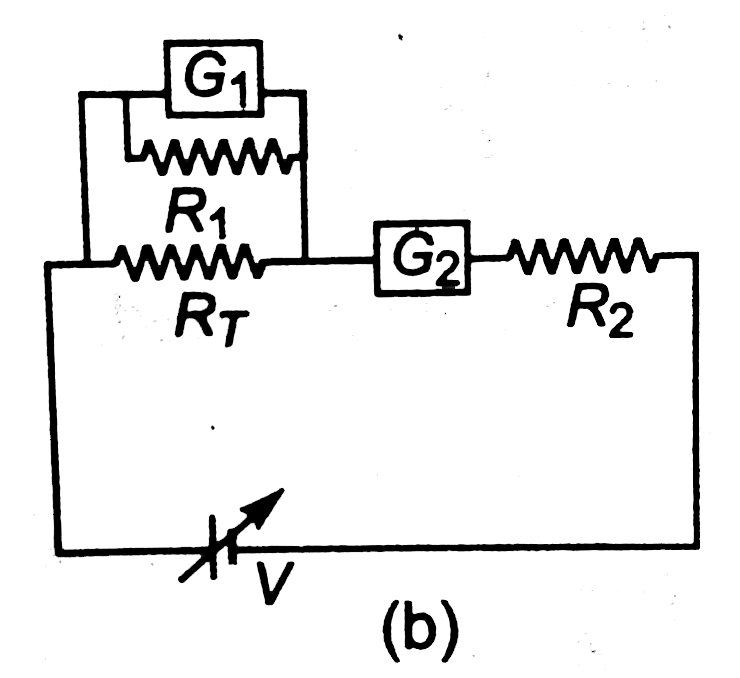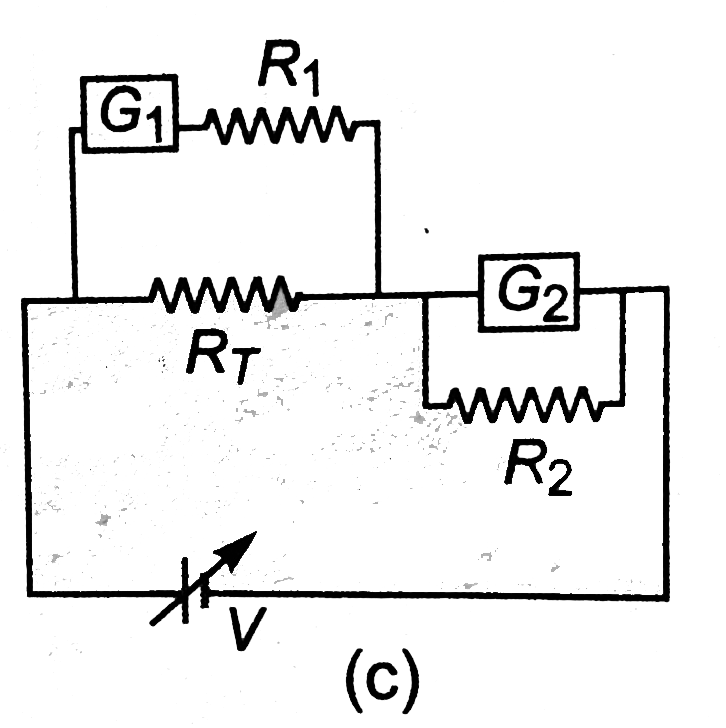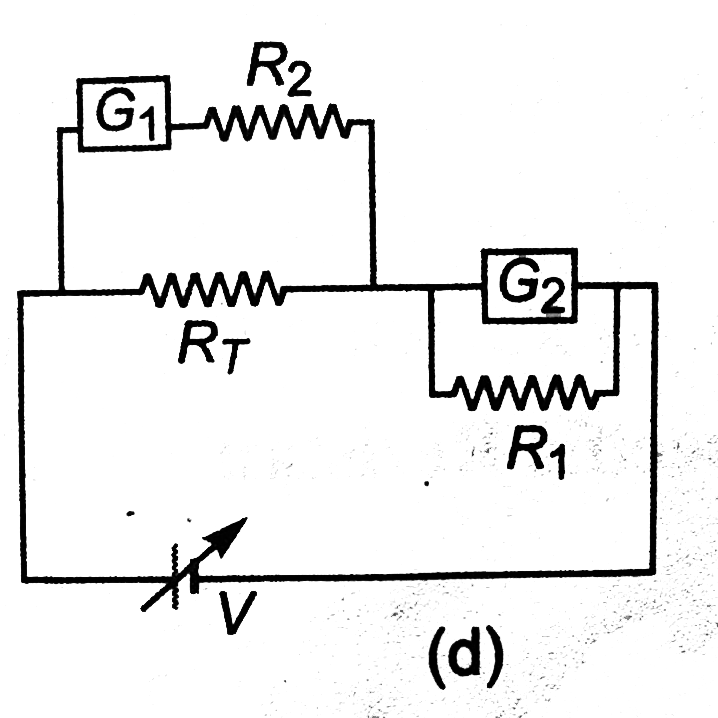In the experiment of Ohm's law, when potential difference of 10.0 V is applied, current measured is 1.00 A. If length of wire is found to be 10.0cm and diameter of wire 2.50 mm, then find maximum permissible percentage error in resistivity.
1.8%
10.2%
3.8%
5.75%
The correct Answer is:C
(dpp)max
=2(0.012.50)+(0.110.0)+(0.110.0)+(0.011.00)
=3.8%
Topper's Solved these Questions
- BOOK - NARAYNACHAPTER - EXPERIMENTAL PHYSICSEXERCISE - Comprehension type6videos
EXPERIMENTAL PHYSICS
- BOOK - NARAYNACHAPTER - EXPERIMENTAL PHYSICSEXERCISE - Subjective type6videos
EXPERIMENTAL PHYSICS
- BOOK - NARAYNACHAPTER - ELECTROSTATICS AND GAUSS LAWEXERCISE - Intergers type question11videos
ELECTROSTATICS AND GAUSS LAW
- BOOK - NARAYNACHAPTER - MAGNETISMEXERCISE - LEVEL-II (H.W)24videos
MAGNETISM
Similar Questions
In the experiment of Ohm's law, a potential difference of 5.0 V is applied across the end of a conductor of length 10.0 cm and diameter of 5.00 mm. The measured current in the conductor is 2.00 A. The maximum permissible percentage error in the resistivity of the conductor is :
View SolutionA potential difference of 100 V is applied across a wire of resistance 50 Ω for one minute. Find the heat produced in joule.
View Solution
Knowledge Check
- Question 1 - Select One
The potential difference across the ends of a wire is found to be (100±2) volt and the current flowing in the wire is found to be (10±0.1)A. What is the maximum percentage error in the measurement of resistance?
A2%B3%C4%D5% - Question 2 - Select One
The potential difference across the ends of a wire is found to be (100±2) volt and the current flowing in the wire is found to be (10±0.1)A. What is the maximum percentage error in the measurement of resistance?
A2%B3%C4%D5% - Question 3 - Select One
In Searle's exp to find Young's modulus, the diameter of wire is mesured as D=0.05cm length of wire is L=125cm, and when a weight, m=20.0kg is put, extension in wire was found to be 0.100cm. Find maximum permissible percentage error in Young's modulus (Y)
A2.1%B3.2%C4.3%D5.4%
A potential difference of 100 V is applied across a wire for two minutes. If the current through the wire is 0.1 A , find the heat produced in houle .
View SolutionIn ohm's law experiment potential drop across a resistance was measured as v=5.0 volt and current was measured as I=2.0amp If least count of the volmeter and ammeter are 0.1V and 0.01A respectively then find the maximum permissible error in resistance .
View SolutionIn an experiment, current measured is, 1=10.0A, potential difference measured is V=100.0C, length of the wire is 31.4cm and the diameter of the wire 2.00mm (all in correct significant figures). Find resistivity of the wire in correct significant figures. [Take π=3.14, exact].
(a)
(b)
(c)
(d) .View Solution
.View SolutionIn u−v method to find focal length of a concave mirror, if object distance is found to be 10.0cm and image distance was also found to be 10.0cm, then find maximum permissible error in (f).
View SolutionIf the measured value of resistance R=1.05Ω, wire diameter d=0.60mm , and length l=75.3cm, then find the maximum permissible error in resistivity ,
ρ=R(πd2/4)l.View Solution

